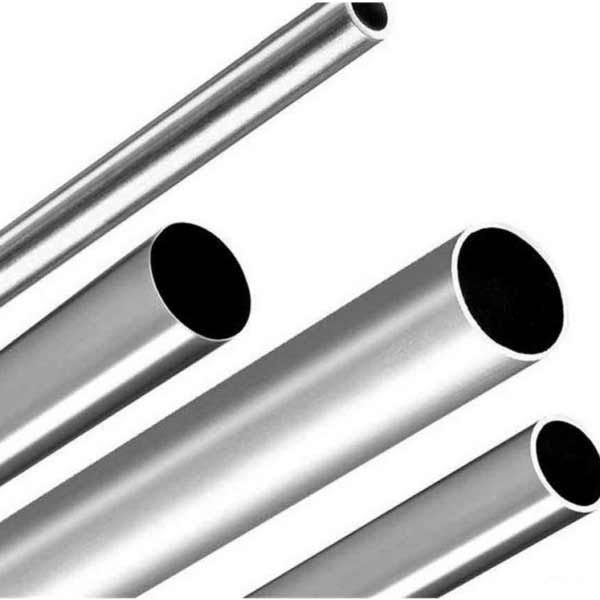Today, we learn
Performance of 316L stainless steel pipe
316L stainless steel pipes are widely used in wet and corrosive environments (such as the sea), and are widely used in oil, chemical, medical, food, light industry, mechanical instruments and other industrial transmission pipelines and mechanical structural components. The reason is that the welded 316L stainless steel pipe has strong corrosion resistance. Why does 316L stainless steel welded pipe have high corrosion resistance?
316L stainless steel pipe will also rust under certain conditions. Although 316L stainless steel has natural atmospheric oxidation resistance, that is, it does not rust, and can also resist corrosion in environments containing acid, alkali, salt, and so on, that is, corrosion resistance. The corrosion resistance of 316L stainless steel varies with chemical composition, mutual state, working conditions and environmental media.
For example, in a dry and clean atmosphere, the corrosion resistance of 304 stainless steel pipe is absolutely good, but once it reaches the coastal area, it is easy to rust due to the concentration of smoke, but 316 stainless steel is better. Therefore, stainless steel is not resistant to corrosion and rust in any environment.
The surface of 304 stainless steel polished rod has a very thin, solid and fine stable chromium-rich oxide film (protective film), which can prevent oxygen atoms from penetrating and oxidizing the substrate, which is also the origin of its corrosion resistance. However, for some reasons, the film will continue to be damaged, and the oxygen atoms in the air or liquid will continue to separate, resulting in loose iron oxide and rust on the stainless steel surface.
The surface layer of 316L stainless steel pipe will also react with oxygen, but because of its high chromium content, the corrosion resistance of 316L stainless steel pipe depends on the chromium content. When the chromium content of 316L stainless steel exceeds 10.5%, the corrosion resistance of 316L stainless steel will be greatly improved.
When the chromium content of 316L stainless steel exceeds 10.5%, the corrosion resistance of 316L stainless steel will be greatly improved. During the alloy treatment of stainless steel with chromium, the type of oxide film on the surface of stainless steel was changed to a surface oxide film similar to that formed on pure chromium metal. This oxide film can better protect the surface of stainless steel and prevent further oxidation.
This kind of oxide film is very thin. Our teachers can choose to see the original natural luster of the stainless steel material surface through it, so that the stainless steel pipe has a surface. In addition, if the surface is damaged, the exposed stainless steel surface will develop and change with the atmospheric environment. Chromium will automatically provide help for the analysis and self-protection repair of the stainless steel surface, so that the stainless steel surface needs to start to form a passivation film again and continue to protect the stainless steel.
All stainless steel pipes have a common characteristic, that is, the chromium content is above 10.5%. There are usually only six types of steel related to the application field of building construction. They all contain 17-22% chromium, and the basic steel also contains nickel. Adding molybdenum to 316L stainless steel industrial welded pipe can further improve the atmospheric corrosion, especially the corrosion resistance of the atmosphere containing chloride, which is the reason why 316L stainless steel industrial pipe has strong corrosion resistance.
